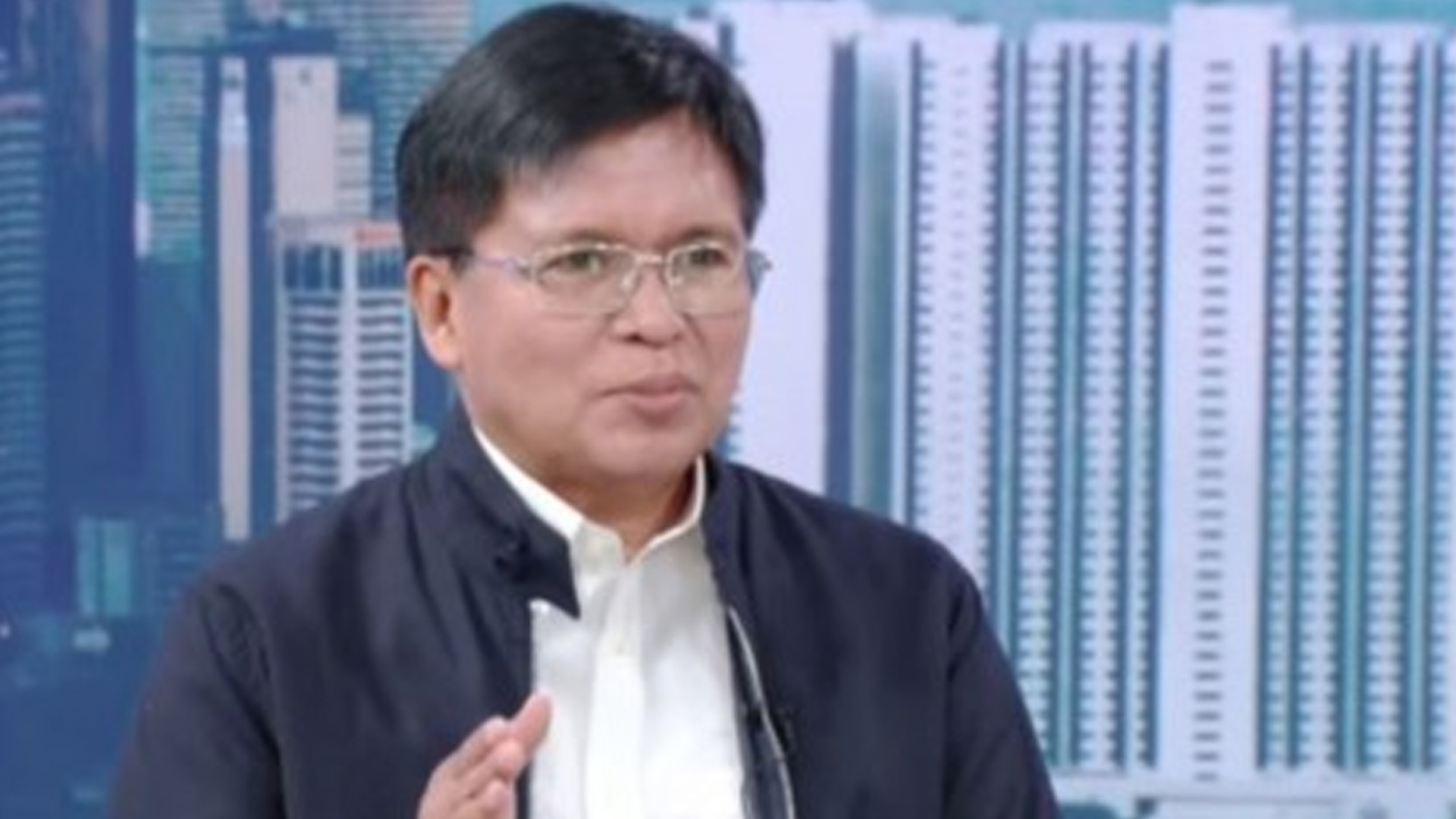The government is doubling down on sustainable irrigation and cropping innovations to ensure affordable rice for consumers and better income for farmers amid falling farmgate prices of palay (unhusked rice), National Irrigation Administration (NIA) Administrator Eduardo Guillen said on Wednesday.
In a Bagong Pilipinas Ngayon interview, Guillen explained that the backbone of the government’s strategy includes the double dry cropping system and solar-powered irrigation.
These practices reduce the impact of climate change and increase rice productivity without significant additional public spending.
These efforts align with President Ferdinand Marcos Jr.’s directive to make rice more affordable while empowering Filipino farmers.
“By shifting the cropping calendar and implementing double dry cropping, we increase cropping intensity, meaning more harvests per year, and avoid the typhoon season, which protects yields and raises income,” he said.
Under the new scheme, farmers plant their first crop in October and harvest in February, then immediately plant again in March for a July harvest.
This avoids the usual June-July planting period, which often coincides with destructive storms.
According to NIA, the system has increased productivity, improved climate resilience, and allowed for higher palay yields due to increased sunlight exposure during critical growth periods.
In addition, the agency promotes the Alternate Wetting and Drying (AWD) method of irrigation which allows farmers to save up to 30 percent in water usage, irrigate more land, and even access carbon credits for using climate-smart practices.
“AWD encourages deeper root growth and better nutrient absorption, leading to higher yields with lower production costs,” Guillen said.
He shared that AWD helped them with the 50,000 hectares vulnerable land in the UPRIIS (Upper Pampanga Integrated Irrigation System) area during El Niño last year.
“Out of the 140,000 hectares of UPRIIS, 50,000 hectares are vulnerable, ang hindi lang namin napatubigan ay 4,000 hectares, malaking bagay po (we weren’t able to water 4,000 hectares only, that’s a big thiing),” he said.
NIA is expanding its contract farming program to address the ongoing concern of low palay buying prices, which are reported to be as low as PHP8 to PHP10 per kg.
Under the program, the agency buys rice from partner farmers at PHP21 to PHP25 per kg. above market rates.
The processed rice is then sold by NIA at competitive prices to maintain affordability for consumers.
Guillen said these reforms go beyond irrigation and cropping, stressing that NIA is also scaling up the formation of farmer cooperatives and clustering irrigators’ associations into organized groups eligible for rice processing systems from Philippine Center for Post Harvest Development and Mechanization or PhilMech.
With access to modern milling and drying facilities, Guillen said this would help farmers shift from selling raw palay to selling value-added milled rice.
This could boost profits through dividends and patronage refunds, he added.
Solar-powered irrigation
Another game-changer is solar-powered irrigation, especially in upland communities previously excluded from national irrigation plans.
Guillen shared that with zero fuel costs and faster build times (four to six months), the system has allowed small farmers to irrigate up to 15 hectares while reducing poverty and improving rural livelihoods.
NIA is also working with the Department of Public Works and Highways and other agencies to integrate flood control infrastructure like high dams with irrigation, aquaculture, and even tourism.
“We call it ‘bayanihan irrigation,’ multi-purpose, high-impact development that ensures water management and food security,” he said.
He emphasized the role of local government units (LGUs) in supporting farmers, particularly through the purchase of local rice during calamities and public distributions.
Citing the government as the largest buyer, he said LGUs’ commitment to source directly from farmers and cooperatives would make a big difference. (PNA)









